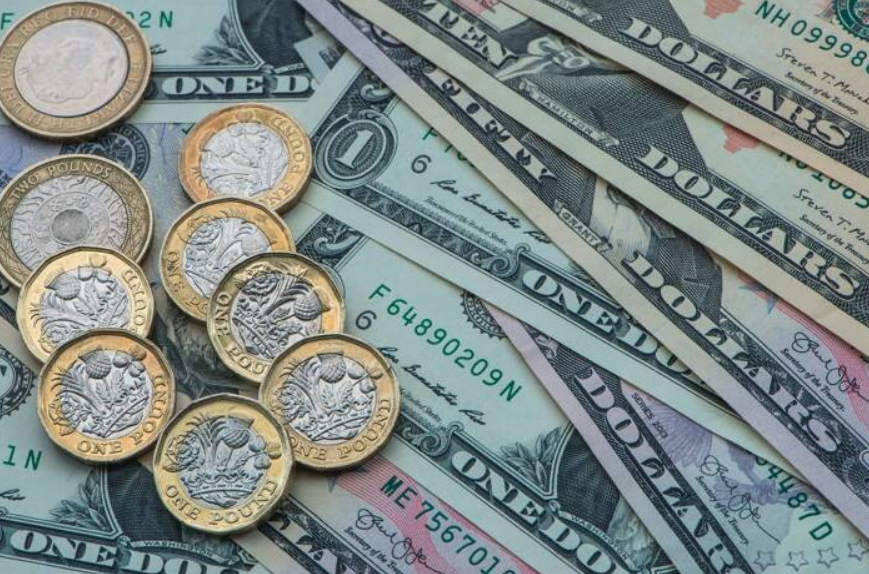On the foreign exchange market, the Japanese Yen (JPY) is the third most traded currency. Compared to the USD and EUR, it is traded less, although it is traded more than the GBP and AUD. If we look at national currency reserves, it is also the fourth most widely used currency.
Only the EUR/USD currency pair was traded more frequently on the FX market in 2018 than the USD/JPY pair.
- EUR/USD
- USD/JPY
- GBP/USD
- AUD/USD
- USD/CAD
- USD/CNY
- USD/CHF
- EUR/GBP
- USD/MXN
- USD/SGD
The GBP/JPY exchange rate has been referred to as Guppy for a long time. The EUR/JPY thus earned the nickname Yuppy upon the introduction of the Euro.
Short facts about the Japanese yen
ISO 4217 abbreviation: JPY
ISO 4217 numerical code: 392
Central bank: Bank of Japan (Nippon Ginkō)
Symbol
The symbol ¥ is used by both the Japanese yen and the Chinese yuan / renminbi.
The Japanese sign for yen is 円.
articulation
In Japanese, the term yen (懆) is pronounced as “en.” It is accepted to pronounce words in English with either the “en” or “yen” sounds.
Referring to the shape of the coins, the words yen (as in Japanese yen), yuan (as in Chinese yuan), and won (as in South Korean won and North Korean won) are all derived from roots that imply circular or round.
Smaller units
1 Japanese yen = 100 sen
1 sen = 10 rin
Since the early 1950s, no sen or rin coins or bills have been in circulation.
Where is the official Japanese yen?
Japan’s official currency is the Japanese yen.
Alternative application
Since the national currency of Zimbabwe was eliminated in 2009, the Japanese yen is one of the many foreign currencies that are used there.
Chinese yuan and Japanese yen were formally made available to banks as settlement options for cross-border payments and transfers in 2019 by the Central Bank of Myanmar (CBM).

Monetary strategy
The Bank of Japan, also known as Nikkei Ginkō, is in charge of monetary policy. The bank has had more independence from the Japanese government than it did before to the 1990s.
The Japanese yen is subject to a filthy float system, meaning that although it is freely traded, the Bank of Japan indirectly intervenes to maintain the value of the currency relative to other major currencies. The yen was permitted to float following the termination of the Bretton Woods arrangement in 1971. The Japanese implemented a currency intervention policy in 1973, and it is still in use today. Maintaining the yen’s low value is the goal of the currency intervention, which is intended to help Japanese exporters.
Ever since the 1990s, the Bank of Japan has focused on maintaining zero to near-zero interest rates in an effort to boost the economy, and also made several enormous bond purchases to inject money into the economic system. In line with the overarcing government policy, the Bank of Japan aims to keep the value of the yen down to support Japanese export companies. Often, this has proved a difficult task. The yen did for instance increase in value against all the major currencies during the 2008 global financial crisis.
